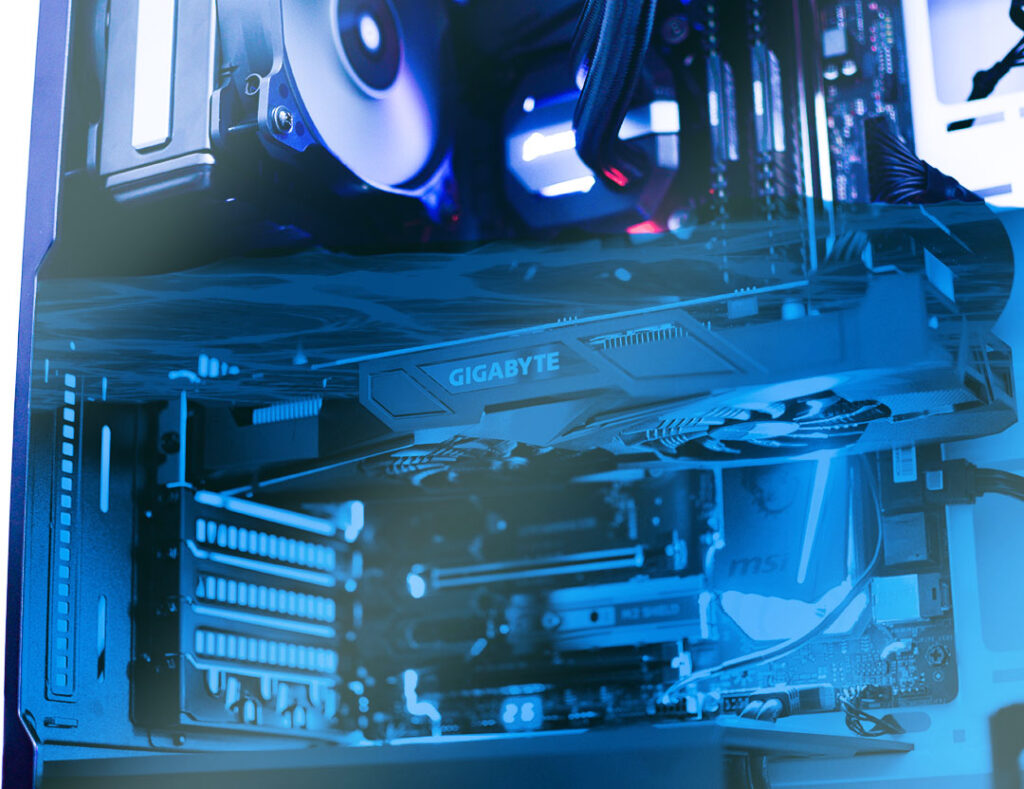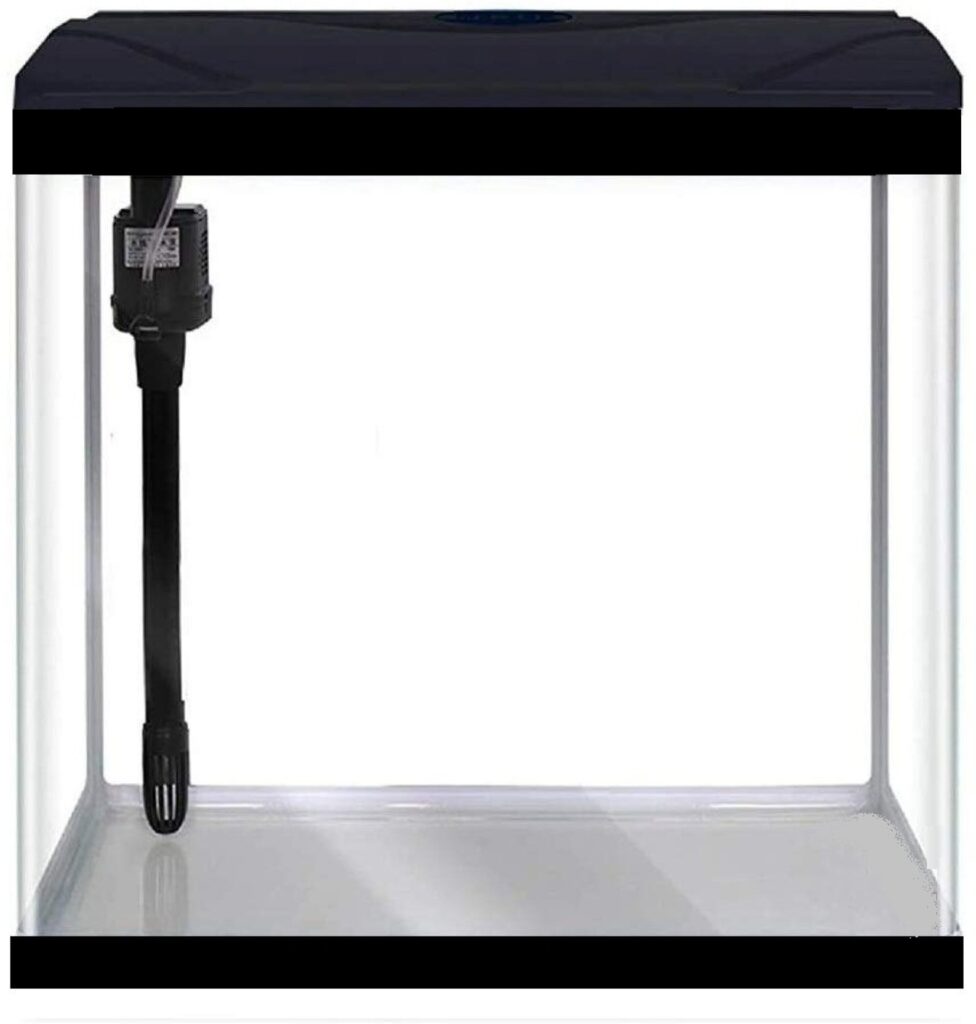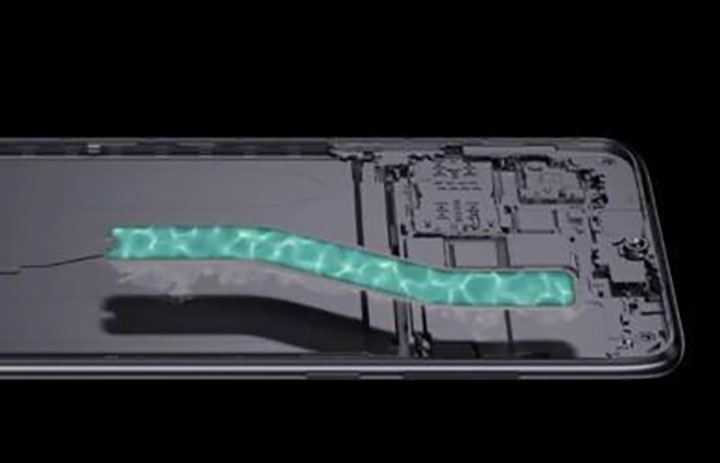Submerged PC build is said to be the future. The modern PCs can perform extremely fast, but with a catch, that’s overheating. When the CPU or GPU is under load, it may get extremely hot. When the heat crosses the maximum operating temperature, and the attached cooler isn’t good enough to dissipate the heat fast, it causes thermal throttling.
What is Thermal Throttling
When a CPU or GPU crosses its maximum operating temperature, and the heat isn’t dissipated quickly, it decreases its performance to cool down the computer, which protects the PC from catching fire making the computer slower.
Commonly, Heat sinks and CPU fans are used to keep the PC cool, which is an effective and economic way to keep your PC cool. But if you still feel that’s not enough, there are other ways as well.
The futuristic way of keeping the PC cool is, submerging it into a non-conductive liquid, also known as immersion cooling. Many Data Centers already started implementing immersion cooling, which saves them a lot of money they were spending on AC electricity.

Immersion Cooling
Immersion cooling is done by dipping the PC into a non-conductive liquid. The liquid used is manufactured by a company called M3, and the products are M3 Novec and M3 Fluorinert. The liquid doesn’t harm any of your PC components and always keeps them cool.
How immersion cooling works
When the processor is under load, it becomes hot, and since it is submerged into liquid, it transfers the heat to the nonconductive liquid, thereafter the liquid turns into gas and vapors, and when the vapor becomes cold, again it turns into liquid. And the cycle goes on.
The above-mentioned cooling method is for Data Centers, and is not suitable for home PC, because the Novec liquid is expensive which a normal PC user can’t afford. But the geeks came up with a solution, that’s Submerged Mineral oil PC.
Mineral Oil is a cheap material that everyone can afford, and it’s possible to build a Submerged PC with Mineral Oil.
Submerged Mineral oil PC
Submerged PC is simply sinking your computer inside the Mineral Oil. Mineral oil is not a conductive material and doesn’t break any of your PC components. As of now, there are very few chances of getting a ready-made Submerged PC case, so you have to do it by yourself.
Mineral Oil PC build is not advisable for new users, because of many disadvantages it is not officially implemented by any OEMs. So you can do it as a fun DIY project. This might be useful to 3D artists, Gamers, Crypto Mining, and others. The real-time rendering produces a lot of heat, and this turns out to be useful.
Submerged Mineral oil PC kit
A submerged mineral oil PC build requires:
- Aquarium Tank
- Mineral Oil
- External Cooling
Aquarium Tank

You can use a normal fish tank to build a submerged mineral oil PC, but make sure it is not shattered. It will be great if you have a fiber aquarium tank.
Mineral Oil

To build a submerged PC, you need a tank full of mineral oil. Note, all the mineral oil are not nonconductive, the mineral oil is mostly used as a beauty product, which may contain other substances as well. So make sure to buy an odorless mineral oil without any impurities.
External Cooling

When the CPU becomes hot, it transfers the heat to the mineral oil, and to dissipate the heat from mineral oil, you need to install an external cooling fan at the opening of the aquarium, which keeps the oil cool.
These were the required components to build a submerged PC, for a step-by-step guide go to pugetsystems.
What are the problems with Submerged PC
Mineral Oil pc gives 5 times better cooling than normal PC, but there are several disadvantages as well.
- Over locking is not recommended, because if the temperature is high, the oil may start boiling, and may brake the tank.
- Because the CPU fan can’t spinn faster under water, it may stop working.
- You can’t use HDD, because it contains a spinning disc inside, if the liquide gets inside the hard drive, it will slow down the Read/Write speed or the HDD may get damaged.
- The mineral oil is not a conductive material, but it may melt the PCB or damage the PC parts if the oil starts boiling.
- Cleaning the submerged PC is a mess, when you want to take out any part, it will be covered with sticky oil, and whenever you want to attach any component or adjust any ports, you need to make your hand dirty.
Immersion cooling vs Liquid cooling
The immersion cooling is simply dipping the PC components into the fluid, whereas, the liquid cooling contains a small amount of nonconductive liquid inside the copper heat sink pipe.

In liquid cooling, most manufacturers use Novec liquid, not mineral oil. In liquid cooling, the fluid is sealed in a copper pipe, and it stays at a constant temperature, when the CPU generates the heat, the fluid turns into vapor and travels to the other end of the pipe, and when it became cold, it turns into liquid again.
[…] you are Gamer and want to make your PC setup look amazing, go for a 60 Keyboard. If you feel the keys are fewer, you can have a Gaming Mouse […]